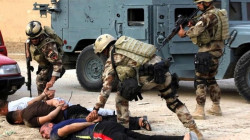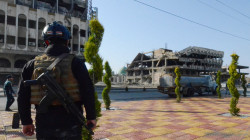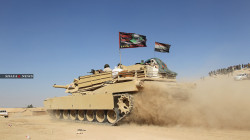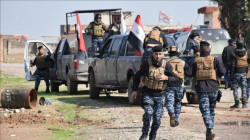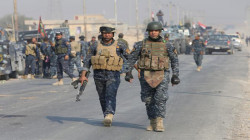Mosul forensics continue to recover bodies from Old City years after ISIS defeat

Shafaq News/ On Thursday, the Forensic Medicine Department in Nineveh
announced that it continues to receive the remains of bodies recovered from the
Old City of Mosul, years after the city’s liberation from Islamic State (ISIS).
Shahed Aref, Director of Nineveh's Forensic Medicine Department, told
Shafaq News Agency, "Our department receives five to six bodies monthly,
most of which are skeletal remains found in the Old City of Mosul."
She explained that many of these bodies are unidentified, belonging to
individuals who perished during the battle to liberate Mosul. "We conduct
tests, particularly DNA analysis, to determine their identities," Aref
added.
Residents of the Old City have long complained about the presence of
bodies still buried under the rubble of destroyed buildings, often near their
homes. They also warn of lingering war remnants and landmines in many areas,
which have yet to be cleared.
In June 2014, Islamic State (ISIS) forces captured the city of Mosul,
with its leader Abu Bakr al-Baghdadi proclaiming the establishment of a
"caliphate" from the historic Grand al-Nuri Mosque. ISIS's reign of
terror led to widespread killings, torture, rape, and the disappearance of many
Mosul residents, while thousands of civilians were displaced and forced to
flee.
In August 2014, Kurdish Peshmerga forces, supported by Iraqi troops and
US-led coalition airstrikes, launched a battle to retake the Mosul Dam from
ISIS. By October 2016, Iraqi forces initiated a massive military operation to
liberate Mosul, aiming to reclaim Iraq’s second-largest city from the grip of
ISIS.
On July 10, 2017, the Iraqi government declared the complete liberation
of Mosul from ISIS control, marking a significant victory. However, the brutal
battle left deep scars on the city and its inhabitants, and efforts to rebuild
and heal from the war continue to this day.
